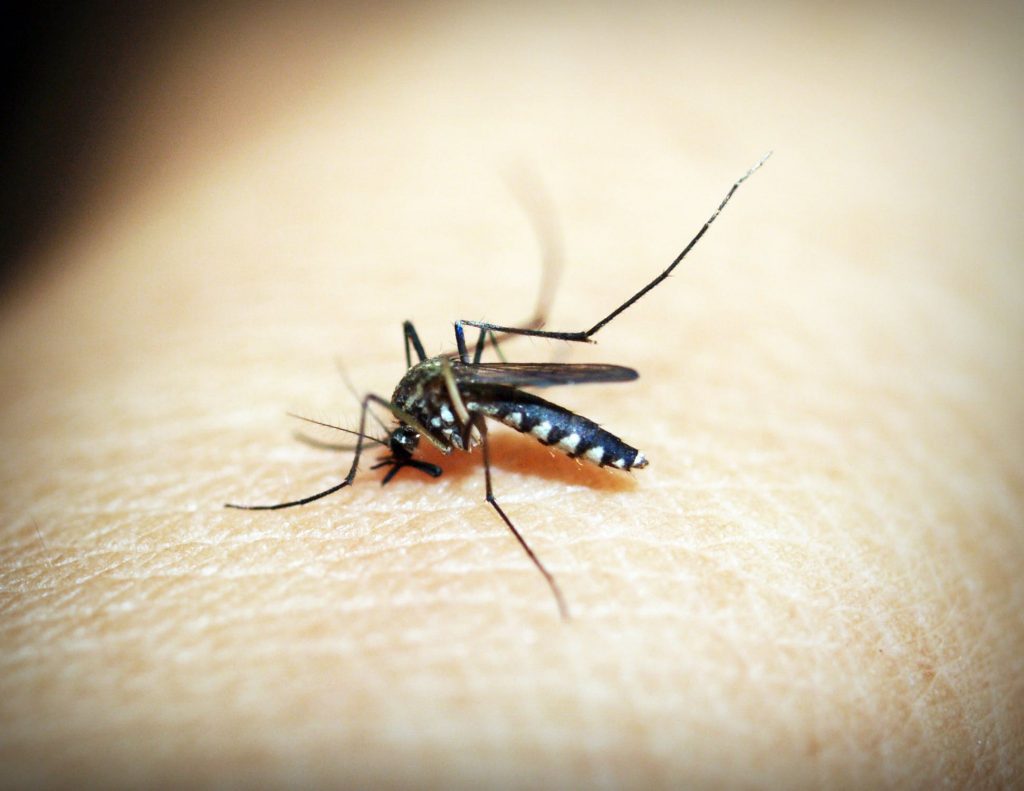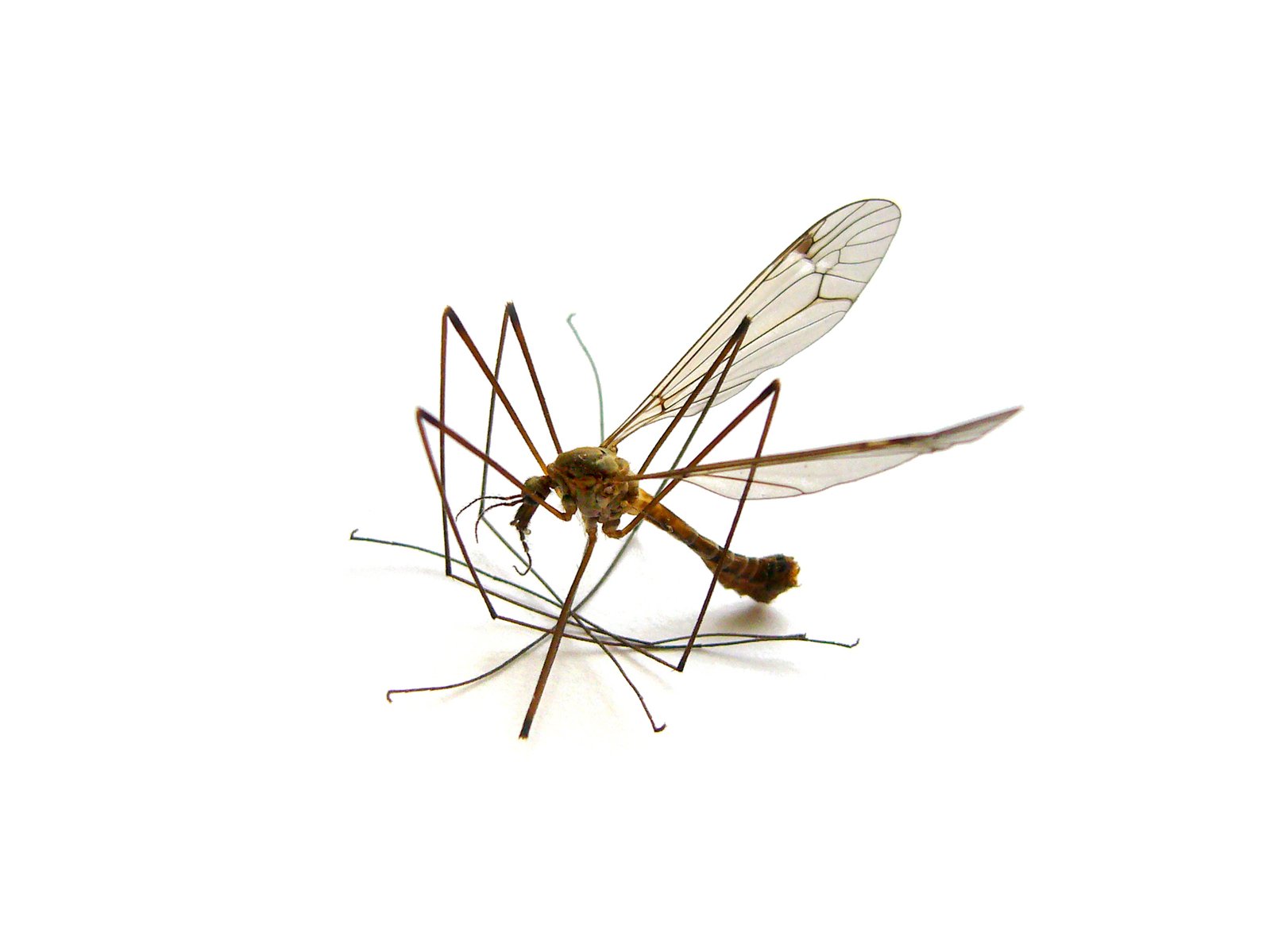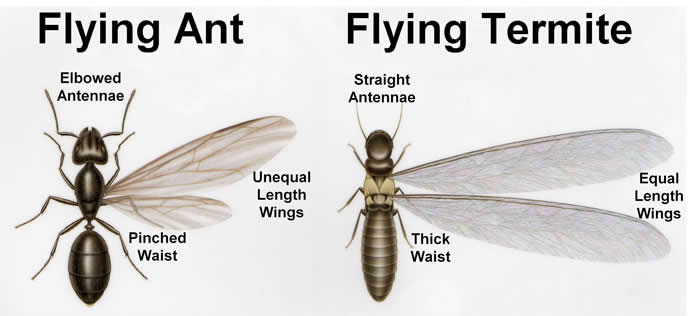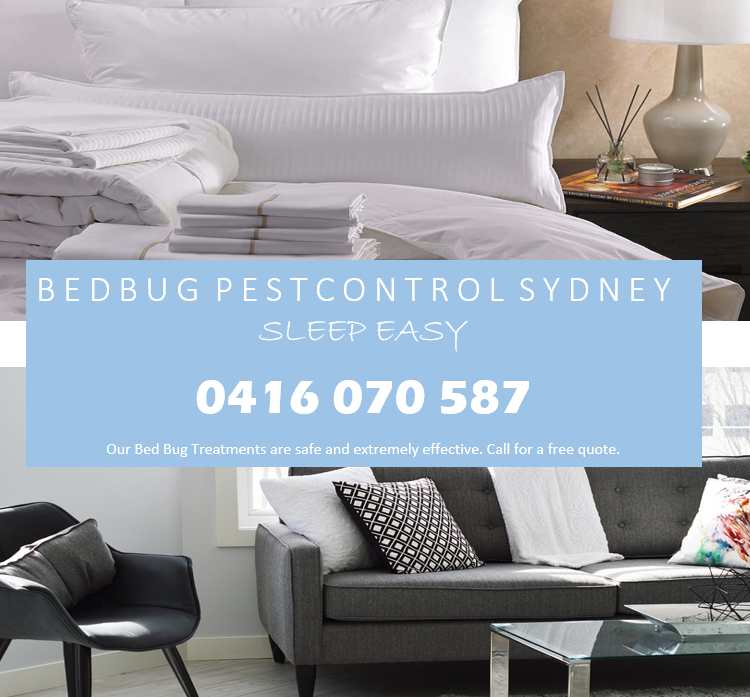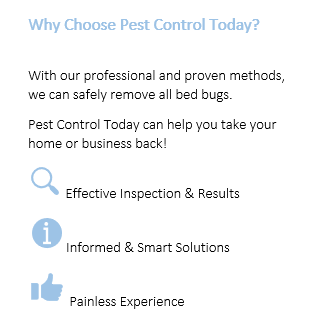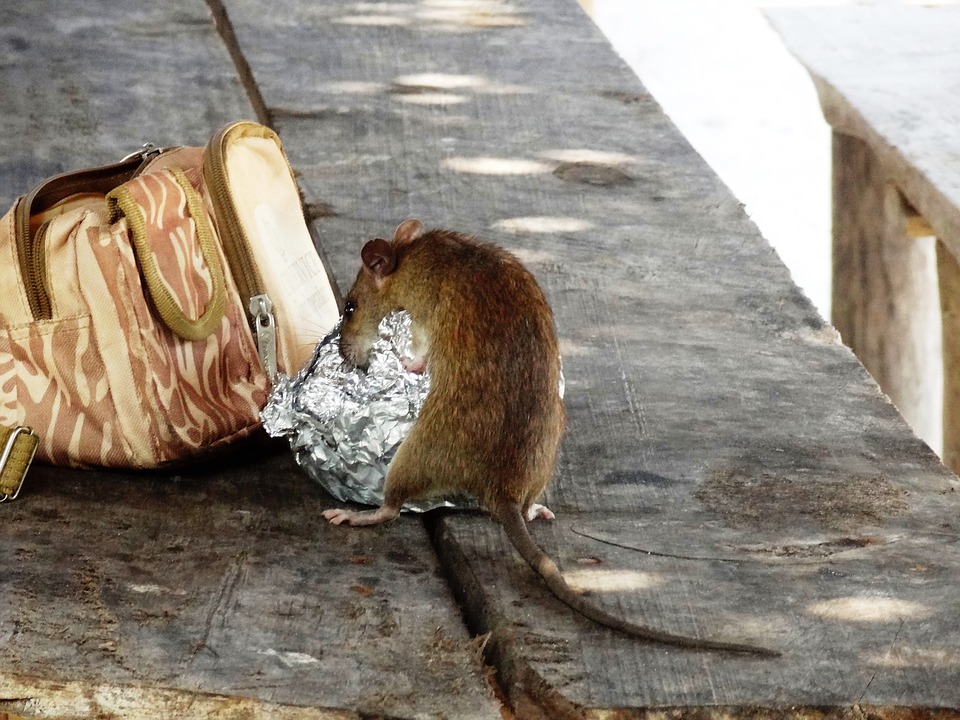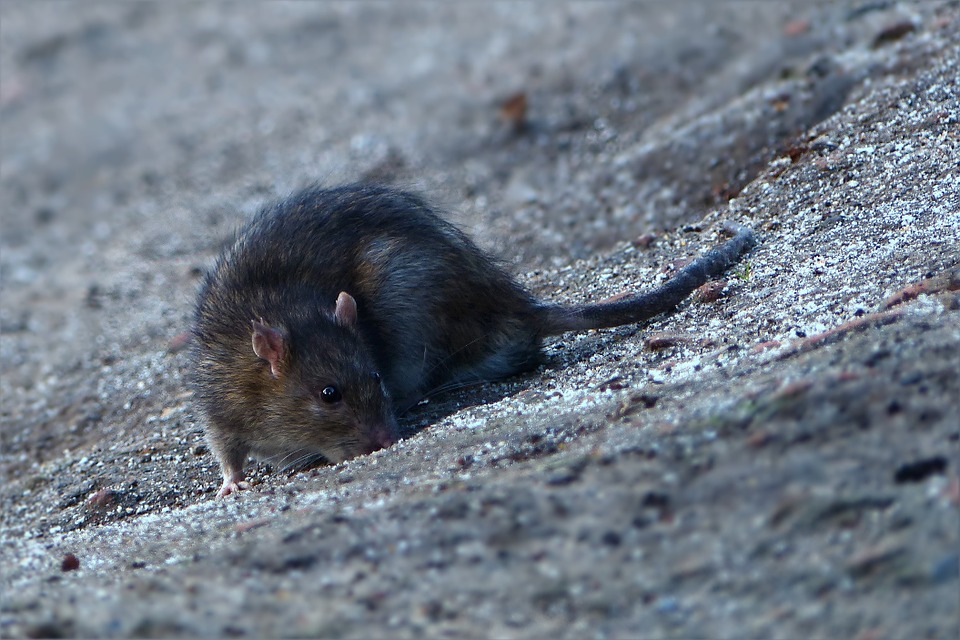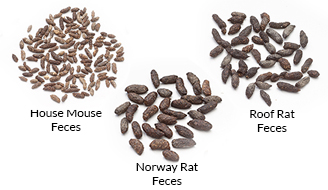

DRAIN FLIES, FRUIT FLIES, AND INDIAN MEAL MOTHS
Need Help?

It doesn’t matter how clean you keep your kitchen; sooner or later you are bound to stumble into a pest infestation.
WHAT ARE PANTRY PESTS?
Pantry pests, also known as food pests, refer to a variety of small insects that get into homes, commercial buildings or stores to invade and feed on available food.
In homes, these pests are commonly found in food stores and cupboards where they surround the stored food, rendering it in-consumable by people. They mostly prefer feeding on grains, chocolate, dry cereals, spices as well as sugary foods and snacks.
Although these bugs are not harmful to your health and that of your family, they are a nuisance when they invade your food place in large numbers.
WHY ARE THEY IN YOUR KITCHEN?
No matter how clean your home is, your pantry is vulnerable to pantry bugs. The pantry pests in your home may have come from outdoors or were hiding inside the food products that you recently brought home.
In most cases, the pests are brought in by infested food products.
In your business, the bugs are likely to come and establish themselves if you have food products that have been sitting in an area for a long time. It Is for this reason they are common in processing warehouses and grocery stores.
The three most common pantry pests found in your kitchen:
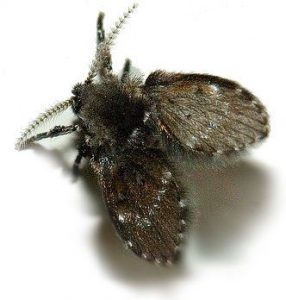 DRAIN FLIES
DRAIN FLIES
Drain flies are a big nuisance. Buzzing around your personal space and annoying you until the point of madness.
DRAIN FLY FACTS
- Also known as sewer flies.
- Drain flies are often confused with moths.
- They can contribute to asthmatic issues and can cause problems for those spending time in your home.
Drain flies are more commonly found in the following places:

- Kitchen drains,
- Bathroom sinks
- Shower/bathtub drains
- Unused pipes
- Indoor Houseplants
- Sewer lines under buildings also make for good nesting grounds.

Drain flies will feed on almost anything from decomposed food to human waste & carry serious diseases!
-Pest Control Today

HOW TO NATURALLY GET RID OF DRAIN FLIES
- Begin by cleaning the drain or drains.
- Using a drain cleaning tool remove the bulk build up from your drain.
- Combine 1-part bleach to 5-parts water, flush it down your drains, followed by approximately 4-5 cups of boiling water.
- Repeat treatment the following morning by pouring 1/2 cup of salt in the drain, layer it with 1/2 cup baking soda, and on the last layer pour 1 cup white vinegar. Allow the layers to set overnight.
- Flush the drains with approximately 2-3 cups of boiling water.
- To help prevent future drain fly outbreaks, be sure to maintain the pipes with the above directions periodically.
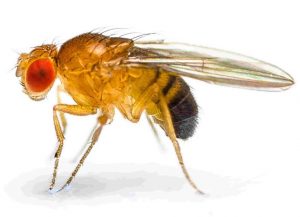 FRUIT FLIES
FRUIT FLIES
Fruit flies are one of the most common and annoying of pantry bugs. once they have infested your home, fruit flies are some of the most difficult pantry bugs to get rid of.
Even though they are small, approx. 3 to 4 mm long & they are bothersome.
Some have red eyes while others have darker eyes with a tan thorax. The abdomen of a fruit fly is black and gray. They may appear to be tan and sometimes brown, depending on the species.
Fruit flies can live and thrive in your home at any time throughout the year.
THE LIFE OF FRUIT FLIES
 To understand how fruit flies can get into your home and how they can quickly spread, you first need to understand the biology of these pantry bugs. They feed off fermenting foods, and they lay their eggs near the surface of these foods, such as tomatoes, grapes, melons, bananas, and potatoes.
To understand how fruit flies can get into your home and how they can quickly spread, you first need to understand the biology of these pantry bugs. They feed off fermenting foods, and they lay their eggs near the surface of these foods, such as tomatoes, grapes, melons, bananas, and potatoes.
Any ripe fruit or vegetable can attract fruit flies. As it gradually becomes overripe and begins the process of rotting and fermentation.
They can also be attracted to garbage cans, garbage disposals, empty bottles and cans, dirty mops and cleaning rags, and drains—anywhere where they can find a little fermenting material.
They take about eight days to develop from egg to adult, and they lay about 500 eggs when they reproduce.
HOW FRUIT FLIES GET INSIDE
Fruit flies can smell ripe fruits and vegetables from a considerable distance and attracted by that smell. They enter your home through the tiniest of openings to get at the food you’ve left out.
If you grow your own vegetables, you may bring fruit fly larvae inside with fruits and vegetables you pick. You also can bring fruit fly larvae in on well-ripened produce you buy from the grocery store.

“Any ripe fruit or vegetable can attract fruit flies as it gradually becomes overripe and begins the process of rotting and fermentation.”
-Pest Control Today

HOW TO IDENTIFY FRUIT FLIES INFESTATION IN YOUR KITCHEN
You can usually determine this if you notice them flying around your kitchen trash cans, where there might be decaying fruit and vegetables.
The fruit fly is also drawn to alcohol ; therefore, if you have empty alcohol bottles in your trash, this will attract fruit flies.
HOW TO KEEP YOUR KITCHEN FREE OF FRUIT FLIES
Two preferred fruit fly spawning locales in your home are in your garbage and in your drain. The best way to keep your home free of fruit flies is to keep these two areas as clean as possible. Take out your garbage regularly and clean your drains often to keep them free of grease, food, and other substances fruit flies love.
To keep your home free of fruit flies, follow these common-sense guidelines:
- Seal off all openings into your home.
- Don’t leave overripe fruit sitting around
- Don’t leave ferment-able food in indoor trash cans
- Remove any food in your pantry that has begun to rot.
- Check for spills of juice, wine, or other ferment-able liquid
HOW TO NATURALLY GET RID OF FRUIT FLIES INFESTATION
- Fill a small, shallow bowl with equal parts vinegar and dish soap
- Set the bowl near the worst areas of infestation
- Rinse and re-fill as needed
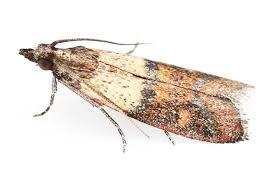 INDIAN MEAL MOTH
INDIAN MEAL MOTH
Moths are attracted to light, although there are several theories, no one really understands why.
One theory is that moths use the moon to guide their flights, and since there is normally no other light at night, moths mistake outdoor lights for the moon and fly toward them.
Moths use electromagnetic fields as a sort of compass. Our external lights disrupt these electromagnetic fields in such a way that the moths are attracted to the lights instead of wherever they would normally fly.
 HOW INDIAN MEAL MOTHS GET INSIDE
HOW INDIAN MEAL MOTHS GET INSIDE
Indian meal moths are found in stored grains since grains are one of their young ones’ most favourite foods. Besides grains and grain products, Indian meal moths also feed on cereals, food for pets, dry fruits, powdered milk, candies, chocolate, as well as other processed food products.
An Indian meal moth is easily distinguishable from the rest of pantry pests due to its reddish-brown exteriors and whitish gray interiors.

“The eggs of Indian Meal Moths can come into your house through food packages like bird seed, cereals and grains, flours, pet food, dried herbs, and powdered milk.”
-Pest Control Today

HOW TO IDENTIFY INDIAN MEAL MOTHS
Larvae in food: When you see something moving when you pour out your cereal or powdered milk, then it’s almost certain that you have pantry moths.
A larva is a phase that causes damage to your food. When the eggs hatch, the larvae will spin silken threads in the food.
You may see tiny whitish worms and their discarded skins once they have moved away.
Although they are tiny at the beginning of their life, they can grow to 3 inches long with black or brown heads.
The larval phase generally lasts up to 3 months depending on circumstances.
Larvae on the wall: You can examine your house by looking for larvae on the walls or ceiling.
They like to hang in dark cracks and crevices to become a pupa and turn into moths.
Cocoons: Moths in the pupal stage are in cocoons.
They usually hide in cracks and crevices, on top of cabinets, or sometimes they are underneath the food.
You can identify them when you see some matted webs and clumps in the food.
Moths usually take up to 20 days to evolve from pupae stage into adults.
Adult Flying Moths: Adult moths are brownish, have wings, and are attracted to light.
They don’t have mouth parts and, thus, can’t eat.
At this stage, their only aim is to reproduce.
An adult female moth can lay around 400 eggs at a time, and hatch within a week.
TIPS FOR PREVENTING MOTH INFESTATION
- Clean your jars and cans.
- Throw packaged food products that are already expired.
- Turn on other lights.
- If your external lights are the only light source around, the moths will inevitably flock there.
- Don’t use white lights. Moths have a stronger attraction to white lights than yellow ones.
Citronella.
For whatever reason, moths hate it.
Burn some citronella candles on your balcony or spray some citronella directly on your light bulbs during the day—it will dry by night-time, and the bulb will radiate the citronella outwards, repelling the moths.

Pest Control Today has the expertise, skills and superior equipment and chemicals to eradicate any pantry pest infestation.
Our professionals will not only remove any pest intruding into your home but with regular, routine visits, we can help hinder any unwanted pest from moving in into your home or business.


 Nobody wants roaches scattering around in their house roaming freely and contaminating their food and utensils; and the moment that cockroaches are spotted in kitchens or any other room often leads to impulsive cleaning and mopping.
Nobody wants roaches scattering around in their house roaming freely and contaminating their food and utensils; and the moment that cockroaches are spotted in kitchens or any other room often leads to impulsive cleaning and mopping.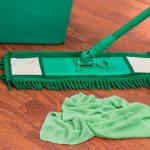

 Cockroaches need water to survive and in their search for water end up in your home. Leaking water pipes, dripping taps or even standing water is a haven for cockroaches and they won’t be shy about taking up the opportunity. Other water resources that may be attracting cockroaches could be your pets water bowl, air conditioner and fridge condensation.
Cockroaches need water to survive and in their search for water end up in your home. Leaking water pipes, dripping taps or even standing water is a haven for cockroaches and they won’t be shy about taking up the opportunity. Other water resources that may be attracting cockroaches could be your pets water bowl, air conditioner and fridge condensation. It is not just food items that cockroaches thrive on, they will munch on anything items laying around such as food debris, rubbish and anything else they can find laying around such as cardboard, books, leather, wallpaper paste, soap, grease, toothpaste, faeces and even human hair!
It is not just food items that cockroaches thrive on, they will munch on anything items laying around such as food debris, rubbish and anything else they can find laying around such as cardboard, books, leather, wallpaper paste, soap, grease, toothpaste, faeces and even human hair! When it comes to cockroaches the inside of your home may be spotless but if the garden outside is messy with overgrown grass and bushes then you should not be surprised when cockroaches venture indoors.
When it comes to cockroaches the inside of your home may be spotless but if the garden outside is messy with overgrown grass and bushes then you should not be surprised when cockroaches venture indoors.
